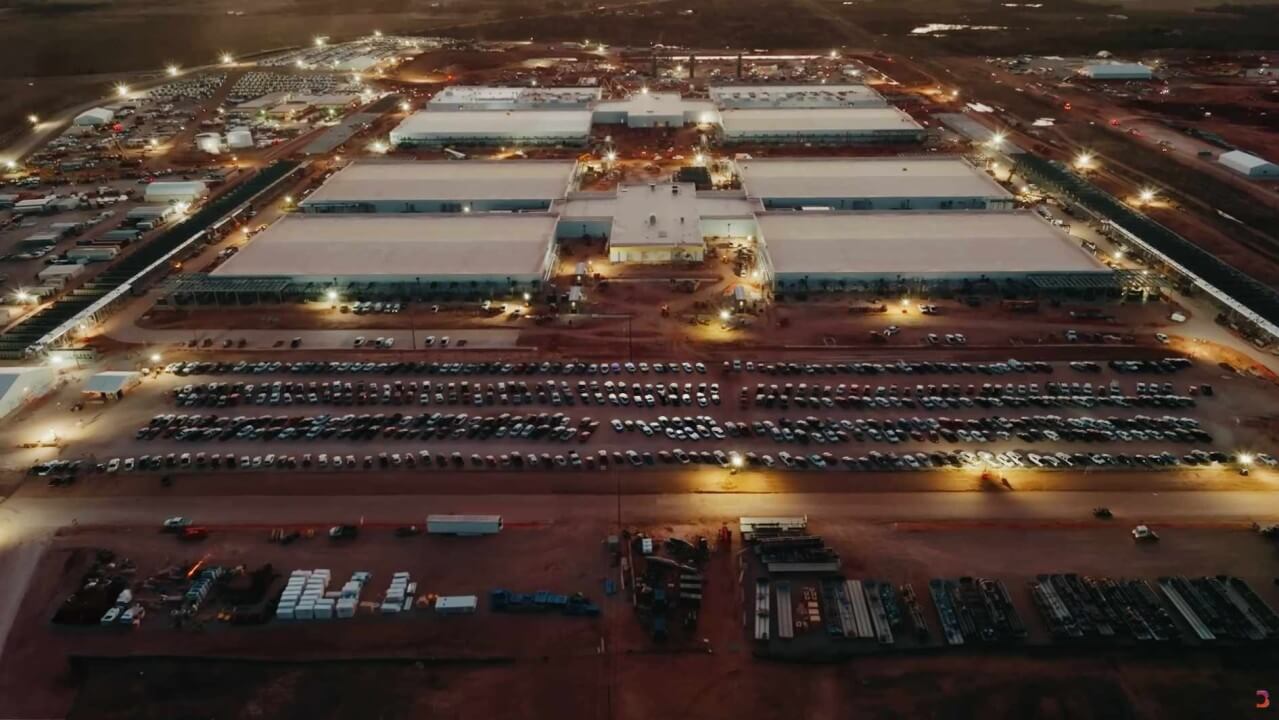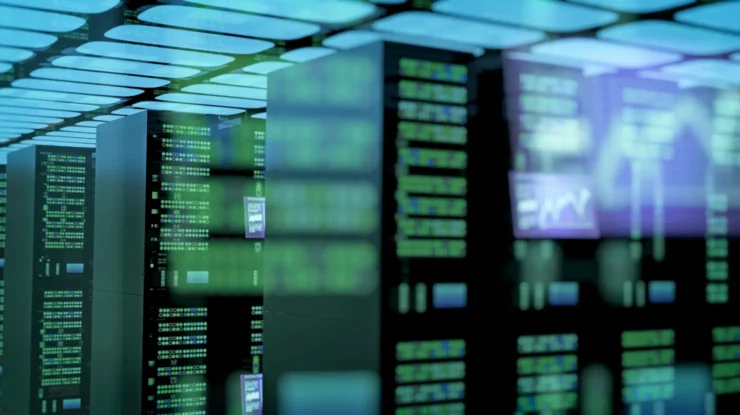Data centers, including those built to train and run AI, are expanding fast in Texas. That matters to consumers because these big electricity users drive electricity demand and higher prices, plus require upgrades to transmission and distribution lines. How those costs are shared among consumers could impact your electricity bills for years to come.
Key Takeaways / TL:DR
Electricity costs in Texas are expected to rise due to data centers.
- Power demand will grow by almost 70% in Texas over the next 6 years, with almost half of that coming from data centers.
- Higher demand will drive energy costs higher.
- Development of more transmission and distribution lines may impact bills. The Texas legislature is monitoring this to ensure costs are allocated fairly.
The AI Data Center Boom in Texas
Texas is one of the top locations for data centers in the United States, thanks to our lower than average electricity costs and favorable business climates.
How will data centers impact overall Texas electricity demand? The Electric Power Research Institute projects that data centers will account for over 10% of all Texas power consumption by 2030.
Electricity Reliability Council of Texas (ERCOT), the grid operator in Texas, projects that total electricity load in Texas will grow from 87 gigawatts (GW) in 2025 to 145 GW by 2031. Data centers account for 46% of that growth. (Source: ERCOT April 2025 Long-Term Load Forecast Report)
According to data from Texas Comptroller, released in September 2024, there are already 279 data centers in Texas, with 141 of those in the DFW area. A more current analysis from Data Center Map pins the number at 394. The size of these data centers varies. However, Texas is also home to one of the largest and most well known center.
Stargate Abilene, a first of its kind data center owned by OpenAI, Oracle and Softbank went online with its first phase in September 2025. The 1,100-acre campus will eventually have eight buildings totaling up to 4 million square feet, expected to be complete in fall 2026. “The Stargate data center will use 1.2GW, enough power for one million four-bedroom homes in the United States,” according to Oracle’s founder, Sam Ellison. (Source: Techxplore; Data Center Dynamics)

Impact of Data Centers on Consumer Electricity Bills
But what you want to know is, how will data centers impact my electricity bill?
Data centers will impact your electricity prices in two ways:
- Energy Rates: When overall demand rises faster than generation capacity, the wholesale price of electricity increases, especially during peak hours. Those higher costs will be seen in higher energy rates.
- Transmission & Distribution (Delivery) Rates: Utilities will need to invest in infrastructure such as transmission and distribution lines, with those costs recovered through TDU fees on your bill.
Estimates vary on how much electricity bills could increase in the next 5 years, ranging from 25% to even 70%. That could leave consumers paying rates of 19 to 27¢/kWh vs. the current Texas average rate of 15.36¢/kWh (EIA data). For perspective, electricity rates in Texas increased 60% from January 2021 to December 2024.
Fearing that data centers can have a big impact on consumer prices, the Texas legislature has passed a bill to mitigate the impact of large load expansion.
What is Texas Doing to Protect Consumers from Rising Costs?
In June 2025, the Texas approved Senate Bill 6 to address some of the issues associated with data centers. SB 6 aims to require large electricity customers to bear more of the costs and responsibilities associated with connecting to and operating on the ERCOT grid, to improve reliability, transparency, and fairness in cost allocation.
Typically, utility infrastructure investments are spread among all rate payers. This legislation recognizes that the large corporations building AI data centers should pay a larger portion of those costs.
The new law requires that large loads over 75 MW:
- Pay for their share of transmission line costs based on their demand for power.
- Set up remote-disconnect capabilities to let ERCOT curtail power usage during grid emergencies with 24-hour advance notice.
- Have back-up generation on site capable of meeting 50% of their demand.
- Make that back-up generation available to ERCOT to use during grid emergencies.
These requirements support grid stability and supply and are a step toward keeping costs equitable as data centers grow.
ERCOT is also evaluating how demand charges are allocated to commercial customers, referred to as 4CP or 4 coincident peaks. This measures each customer’s peak usage when the grid is at it’s highest demand level from June to September. Since data centers operated 24/7/365, changes to the demand allocation may be needed.

How to Keep Your Electricity Bill Low(er) as Demand Rises
To keep your power bill under control in the face of increasing costs your best bet is a three pronged approach. The three areas to focus on are (1) understanding your usage (2) reducing your usage and (3) obtaining the lowest price possible for your electricity.
First, understand your usage to find out what uses the most electricity in your home. Over 50% of your electricity usage goes to heating and cooling your home. That makes proper thermostat settings, HVAC maintenance and insulation key to lowering your usage.
Next, use a DIY energy audit to find and fix energy waste in your home. And simple changes in habit, such as a different thermostat setting or a programmable thermostat, can make a big difference.
Finally, it’s important to shop for the best electricity rate for your home. Use a comparison shopping tool like ElectricityPlans.com to shop based on your usage and refine plan features to get the best fixed rate electricity plan.
With costs expected to rise, this might also be a good time to look at a longer term electricity plan. Price protection can give peace of mind and provide a buffer against inflation.
